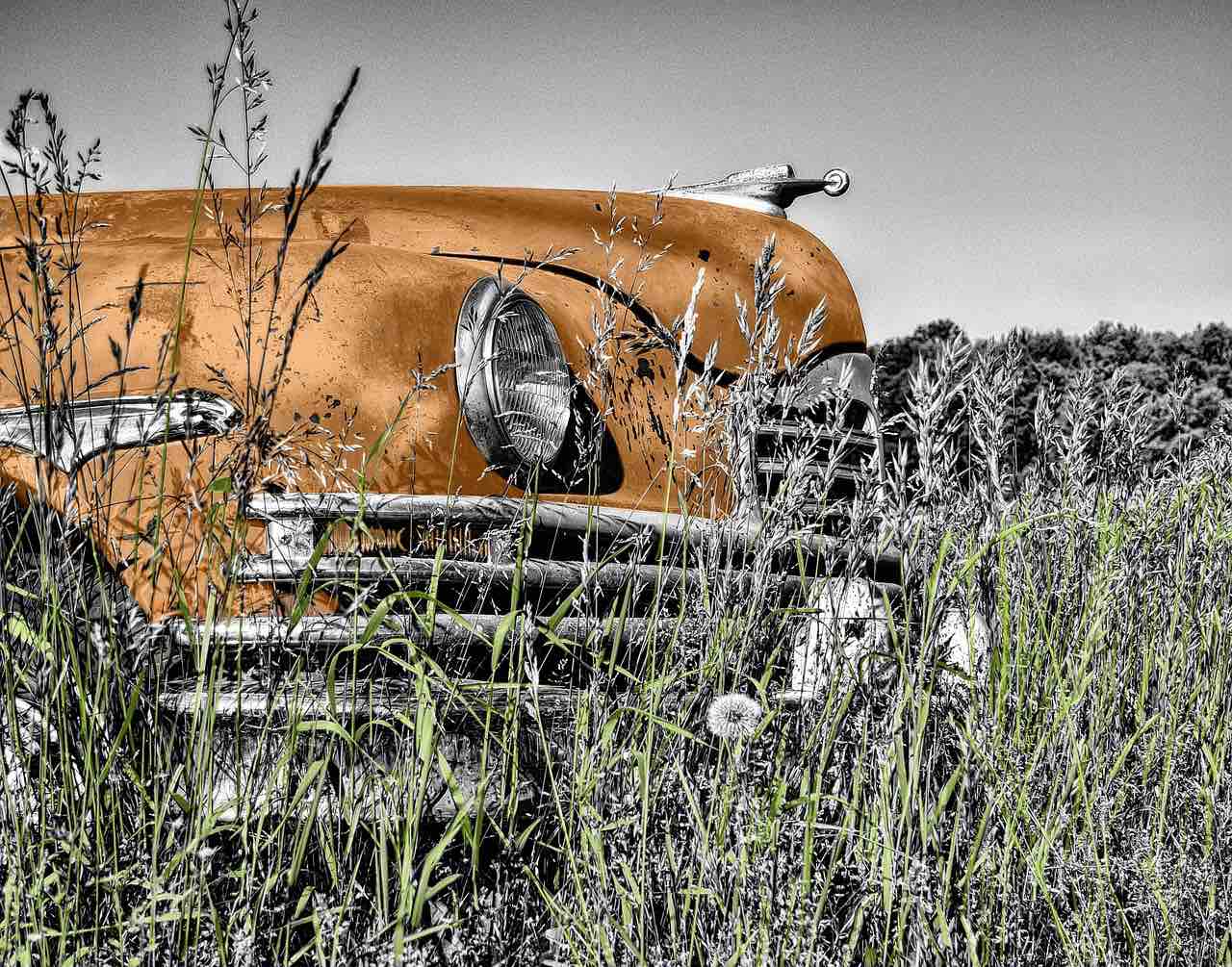The older it is, the more attention you need to give it. This applies to a lot of things, and the same goes for cars. The maintenance of a classic car is a little different compared to looking after a new one. Depending on the age and condition of the car, plus the components and the make of the car, these elements would determine the kind of care and maintenance your car needs. Without a doubt, old cars do need more care to ensure that their vintage condition, appeal, and appearance is preserved.
Keeping your car in excellent condition also helps retain the value of your car. Among the most important aspects of classic car maintenance is avoiding corrosion of the car’s original parts. But then, ask any classic car owner, and they’ll tell you that maintaining a classic car is part of the process of owning one. It’s the journey, it’s the passion, and it’s the joy that goes into ensuring your car is in top condition.
If you’re new to the world of classic car ownership, there are a few specifics you need to know about the upkeep and maintenance needed to protect your car. This is part of the process of classic car ownership, but it can be quite challenging at times.
In this article, we’ll look at the various upkeep required to look after your classic vehicle, especially through the colder and warmer seasons.
Maintenance during colder months
Regular maintenance is crucial, but when the months start getting colder, most classic car owners ‘hibernate’ their vehicles to protect them from harsh weather conditions in the winter. For older vintage cars, hibernating is essential because driving them on wet and wintry roads will cause not only damage to the vehicle, but also make it unsafe to drive.
Whether it’s a Jaguar MKII, a https://revologycars.com/car/1967-shelby-gt350/, or a Dodge Challenger SRT Hellcat Redeye, storing the car is just as important as driving it. Firing it up once or twice a month during the hibernation mode is essential, and even driving the car back to your garage will help prevent the tires from deforming. If the sun is shining on a good winter day, take it for a short spin, but make sure you hose the tires off of the salt.
Preparing your car for a new season of driving
As the weather turns warmer, it’s time to start prepping your car for a new season of driving. Firstly, you should get whatever maintenance tasks out of the way prior to temperatures rising, so that you can have more days driving your car in the sun and not have it stuck in a garage. To prepare your car for driving in the spring and summer, here are some of the things you can do:
- Waxing your car- Don’t you want your car shiny? Before heading out, clean, polish, and wax your car. Not only will this lift the dull, but it will also protect the paintworks from the elements. A classic car requires wax application every few months to ensure that it’s completely protected from the weather, dirt, and grime. Using hard wax works really well.
- Get your car serviced- If your car has been in storage during the colder months, service is obviously needed. From checking the brake pads to tire pressure, this part of the maintenance work should be done at the beginning of spring, so you can have your car in good time before the sun’s fully out.
- Cleaning it- After every drive, hosing down, especially the tires and undercarriage of the car, is recommended as that’s where salt and road dirt will cause untreated metal surfaces to corrode.
- Check the battery- Batteries will lose their power when cars haven’t been used for a long time or when the weather is cold. You can charge the batteries manually using a 12V battery charger before spring, so you can avoid any issues.
Storing your car for the cold season
All good things come to an end, and after a wonderful spring and summer of driving, it’s time to store your cars for the autumn and winter seasons. Storing your car is a crucial part of your classic car maintenance, as this will also help keep the car in pristine condition and prevent corrosion. Damages to the car, such as the dreaded corrosion, can affect the car’s look and performance, not to mention have a negative impact on its overall value.
- Proper storage- Where you place your car is crucial, as this space will be protecting your car from temperature extremes, weather elements, and moisture. This storage space needs to be secure, too.
- Brick garage- This version offers the best protection for your classic car. Brick materials can maintain stable temperatures and also provide a moisture-free environment for your car. This is useful because it will prevent any condensation during winter months.
- Cover any gaps- If there are gaps in your garage, such as under the garage door, it’s best to cover it, so your car is protected from the cold wind and weather.
- Keep a thermometer- This helps you keep an eye on the temperature, and take the necessary action to protect your car if it gets too cold or too hot.
- Upgrade your garage- If things are looking a little shabby, then your garage where you keep your beloved cars also needs some changes and fixes. Change the locks, seal for any condensation, give it a coat of paint, organize the garage – just get it done before winter comes.
Other regular maintenance
From the maintenance stated above, you should also do regular maintenance monthly. Below mentioned are just some of the upkeep you can do on your own without visiting a mechanic to get it done.
Regular checkups
Classic car collectors usually know basic mechanics that can help them perform their own car maintenance. Even if you do love maintaining your vehicle, and it’s part of the process of being a classic car owner, there will come a time when you need to bring your car to get it checked by a qualified mechanic. This should be done at least once in six months. Getting the car checked by a mechanic is a sound decision simply because it will avoid any future problems down the road. A mechanic will be able to see any issues you may have overlooked, and do the necessary repairs or adjustments. A mechanic will also be able to source specific parts and components more easily than the average person, because they would have more car industry contacts and connections to help you get the best part at the best price.
Cleaning and waxing
For classic cars, it’s a must to have your car cleaned and waxed regularly. Once in a while, a good hand-wash is also ideal, so you can get rid of grime, salt, and other dirt, which could cause permanent damage to the exterior of your car. After a good wash, wax your car to buff up the paint job. Waxing can be done once every six months. The interiors are just as important, so get in there to vacuum, polish, and wash where necessary to prevent any mold and mildew from setting in.
Pump the breaks.
A beautiful waxed and polished car with a loud engine will definitely get people looking. However, you also want to check the goings-on underneath the hood to ensure that the loud engine noise isn’t a tell-tale sign of a problem in the car’s engine. Often, squeaking will come from the breaks, so always make a break check part of your regular maintenance.
Take it out.
During winter months, it’s crucial to start up the engine, and drive back and forth in the garage to ensure that it runs smoothly. You want to be aware of any odd noises and to prevent the tires from deforming. When the weather is good during the colder months, just take it out for a spin. A regular ride helps keep the engines running properly and ensure that everything is okay with it. If you find something that isn’t sitting too well, you can get it checked just in time before spring.
Keep your car covered.
The storage area for your car is just as important, especially during colder months. But then, if you’re using your car to drive around during the hotter months, and you don’t want to keep parking it in the garage all the time, get a vehicle cover for it to prevent direct sunlight, which could damage your car in different ways. Worth to note, if you own a classic Mustang make sure to get a high-quality custom fit Mustang cover, the same works for other classic cars, to ensure optimal protection against environmental factors. If there’s rain, it will also reduce exposure to moisture and prevent the development of rust. The simple act of covering your car or parking it in a garage with a good environment and structure will protect your vehicle, avoid any issues with the exterior and interior of the car, and keep it safe and secure.







